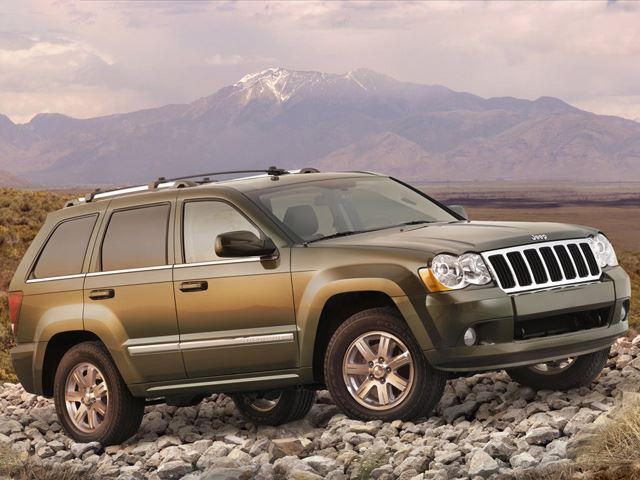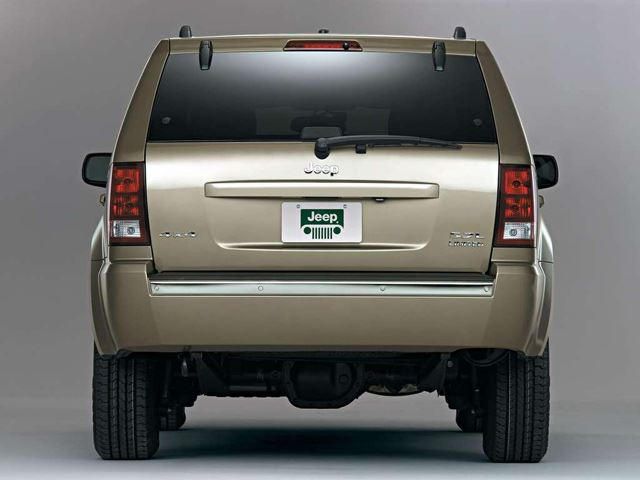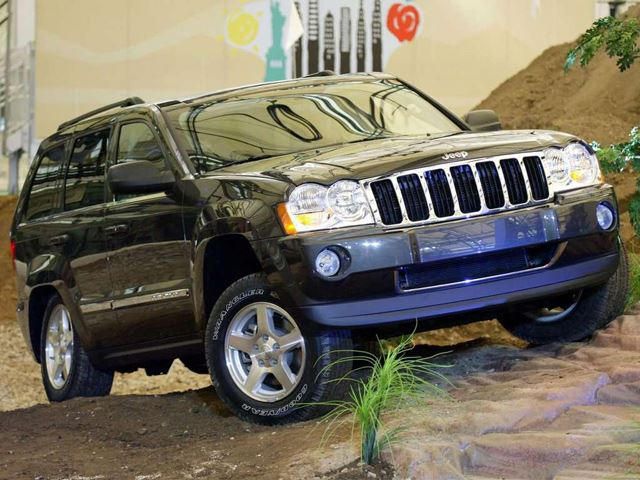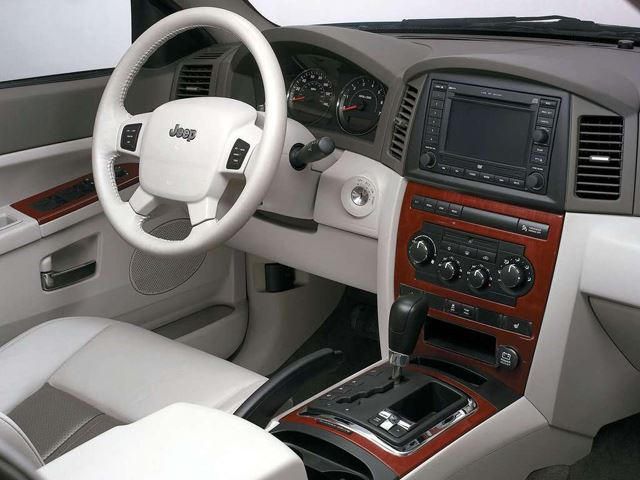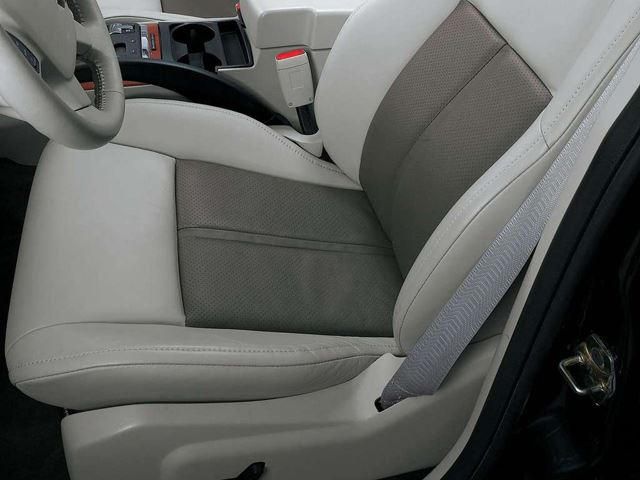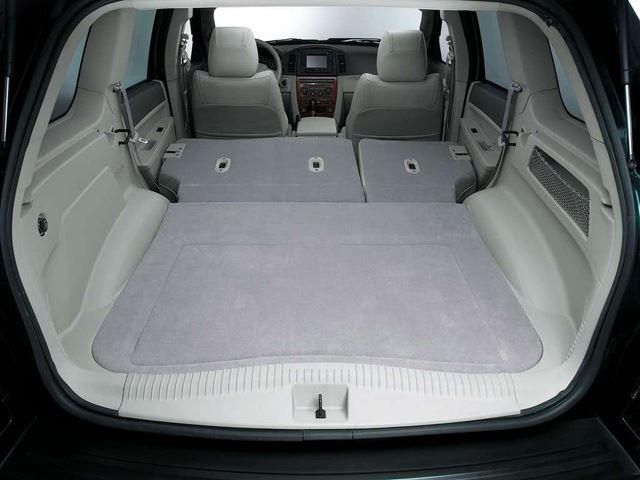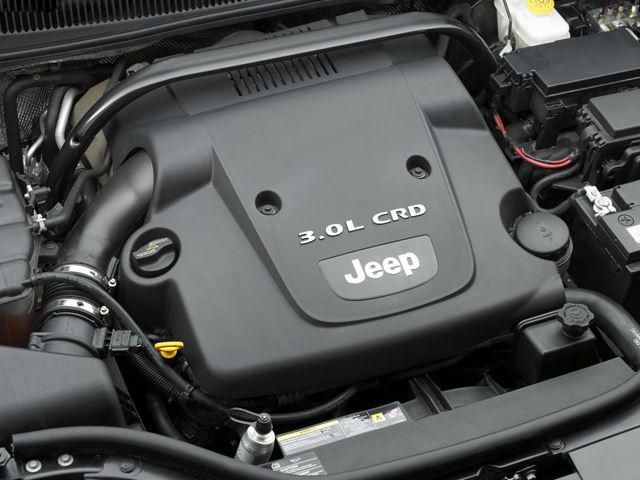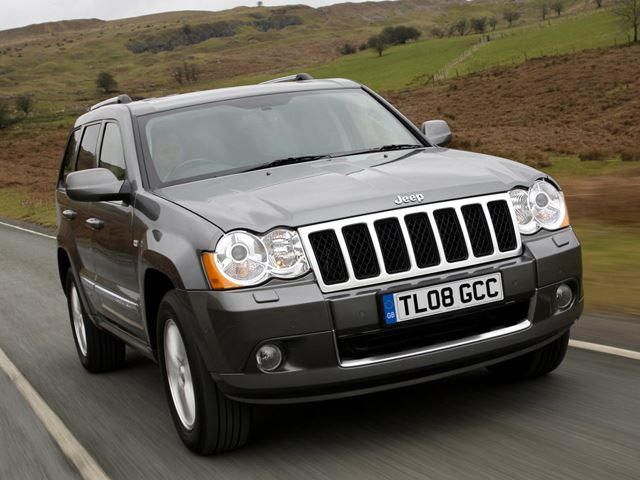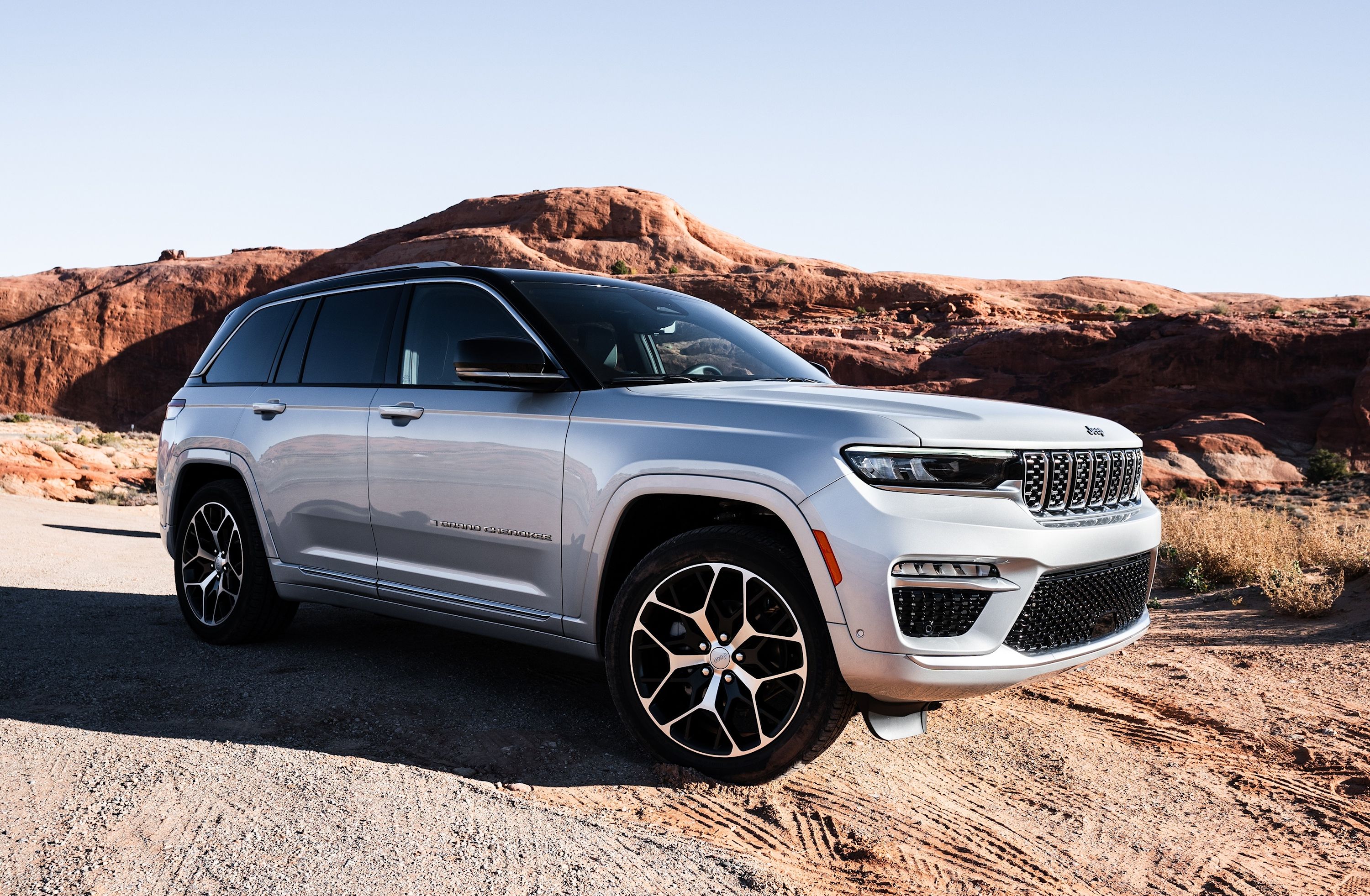
Jeep's parent company, Chrysler, was about to begin what has pretty much become its worst years. The Daimler-Chrysler joint partnership had come to an end and it was time to reorganize. In other words, Chrysler needed a new owner. In spring of 2007, private equity firm Cerebrus Capital Management bought 80 percent of Chrysler. Wait? What? What experience and know-how does a private equity firm have in running an automaker, and a major one at that?
The answer? Not much to none at all; former Home Depot CEO Bob Nardelli was installed as chairman and CEO of Chrysler. In other words, it was quite clear Cerebrus had zero intention to stay in the car business for long. The goal, rather, was to churn massive Chrysler profits before selling shop. Instead, the US government bailed Chrysler out.
What's this all got to do with the third generation Jeep Grand Cherokee? It wasn't being managed properly and its reliability and overall build quality went south. Now, that doesn't mean it was a bad SUV. It's just that the competition was offering better things. The third-gen Grand Cherokee was launched in 2005. Unlike its immediate predecessor, Jeep designers returned to a more angled exterior look, as opposed to something with more curves. Because the demand for luxury SUVs continued to be on the rise in the US, Jeep wisely continued the Grand Cherokee's move upmarket. For example, a rear-seat DVD player became optional. Perhaps the biggest piece of refinement was the replacement of the live-rear axle from its two predecessors.
It now featured a double-wishbone independent set up, allowing for much improved on-road driving. The Grand Cherokee wasn't as rough and tough anymore. That engineering came courtesy of Daimler. There was simply less demand for off-road capabilities. Makes sense considering it was predominately suburbanites buying them. However, the '05 Grand Cherokee did receive a new four-wheel-drive system as well as a new base engine: The 4.0-liter inline-six was ditched in favor of a new 3.7-liter V6 with 210 hp and 235 lb-ft of torque. It was both lighter and more powerful than its predecessor. The optional 4.7-liter V8 remained but was further refined and received a power boost of its own, now rated at 305 hp and 334 lb-ft.
But perhaps the most exciting addition was a new engine option, which arrived in 2009: the SRT-tuned 6.1-liter Hemi. We'll discuss more of that, as well as the other high-performance Grand Cherokees, in the final segment of this series on Friday. Like before, the Laredo was the base trim and the Limited geared towards luxury buyers. The top-of-the-line Overland trim, because people were willing to pay a premium, came with a 5.7-liter Hemi rated at 357 hp and 389 lb-ft of torque. And, for a short time, a 3.0-liter Mercedes-supplied diesel V6, but that sucker cost at least $38,475, or nearly $47,000 today (to compare, the 2015 Grand Cherokee diesel bases at $48,995).
The interior was also redesigned (some considered it to be ugly) with a new dash layout with the intended appearance of looking luxurious. Of course fake wood trim and leather upholstery will do that, but this new Grand Cherokee quickly began to reveal a major weakness: bad reliability. Chrysler was already known for its cheap interiors and it didn't fail to disappoint here. Cheap plastics and very unsupportive seats were the norm. In fact, many critics felt the seats in the second-gen Grand Cherokee were more supportive. So what was done to fix the new Grand Cherokee's shortcomings? Sadly not much. Chrysler was in financial trouble and it only got worse.
A minor facelift happened in 2008 but it was, mostly, limited to the exterior styling; the headlights were upgraded. Meanwhile, competitors like the Toyota 4Runner and even the Land Cruiser only made this Grand Cherokee look worse, though not in off-road capabilities, one of the areas where the Jeep continued to do well. People wanted their SUVs to have superior quality and luxury, and the Grand Cherokee's price tag didn't reflect either. By 2009 it was clear this generation of the Grand Cherokee, despite maintaining its off-road soul, had to go. A replacement couldn't come soon enough and work was already well underway.
In fact, Jeep revealed that new, fourth-gen Grand Cherokee almost two years before it even went on sale. In the meantime, the third-gen model carried on and Chrysler, for its part, hit rock bottom. Its star Jeep brand was in need of an overhaul and the first step was a new flagship that fixed the third-gen's shortcomings.

